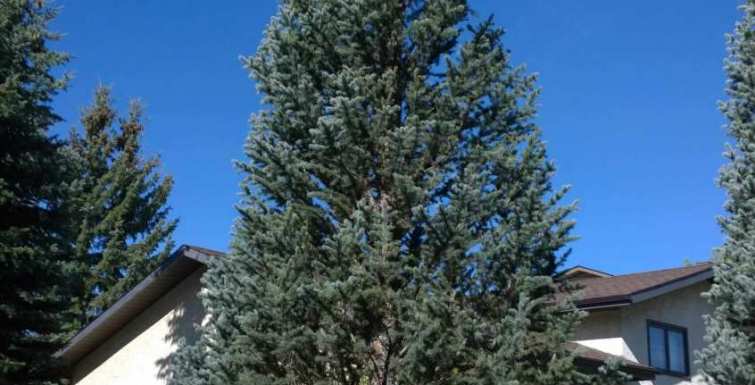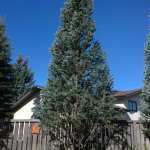Once you have a location selected for your tree consideration should be made towards selecting the most appropriate species of tree for the desired area. If the right tree is put in the right place you and future owners of the tree can earn increasing benefits annually from wise decisions made even before the tree was planted. Things to consider are what is the maximum final height and width of the tree, does it flower? Most flowering trees also bear fruit.
A great choice of tree that stays small, flowers but does not drop fruit or sucker aggressively is the Tree Lilac. If you have a yard limited by space, consider planting columnar or dwarf species of trees and shrubs. An amur maple sold as a shrub can actually reach 15 feet tall and 10 feet wide after a long period of time in the right setting. Far too often we see large Colorado spruce trees planted too near a home or building, a better choice would be a columnar blue spruce or a pine where there are many species of that stay relatively small in comparison to a spruce. People often ask for a fast growing tree because they want an immediate benefit from the tree.
In most cases the faster growing species are also the ones that get the largest. If privacy is desired in a tight location it is better to be patient and plant a slower growing species of tree rather than putting a tree in that will outgrow the area. Tree species selected and planted for the best location also have reduced maintenance and plant health care requirements. Take a bit of time to research what types of insect and disease problems the tree you want is prone to, for example avoid species susceptible to black knot. If you are planting in a full sun open space facing south or west avoid dark thin barked trees such as mountain ash, linden and amur cherry because of their susceptibility to sun scald (tree sun burn). Putting the right tree in the right place is the golden rule which a positive multi-generational relationship with the tree is based on.



